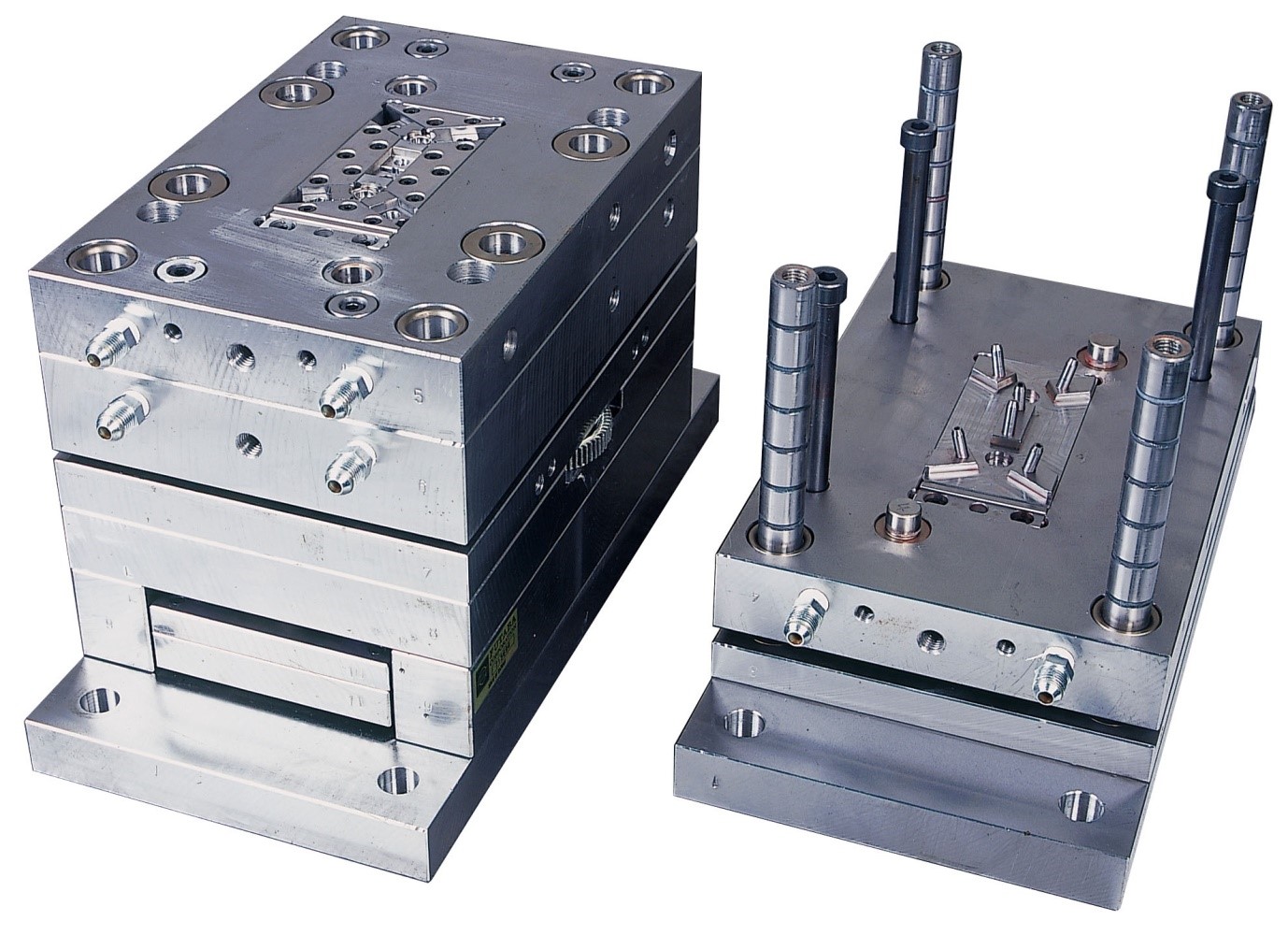The manufacturing of polymer products involves adopting several distinct production processes. Each process plays a specific role and has its own benefits and applications. While additive manufacturing or 3D printing is gaining popularity today, most rubber and plastic parts are still manufactured, by adopting traditional molding processes.

The various molding processes adopted for the production of rubber and plastic parts are compression molding, injection molding, melt molding, and transfer molding. Molding is one of the five core processes used in manufacturing rubber or plastic parts among others, including casting, forming, machining, and additive manufacturing. You can choose one of the best injection molding manufacturers in China for your next manufacturing project.
The molding production process and its types
The molding manufacturing process uses heat and pressure to fill the cavity inside the mold. It is a rigid frame which is also called a matrix. Molding manufacturing processes provide enhanced accuracy, versatility, and efficiency in the production of plastic and rubber prototypes. The production methods under the molding technique are adopted by various industries, owing to the exceptional qualities it offers, including sustainability and adaptability of the parts. Let’s discuss the types of molding used by manufacturers:
Injection molding
This method of molding can be used with both thermoplastic materials and thermosets. The manufacturing process in injection molding involves injecting molten materials under high pressures and speeds into confined molds customized for the production of various tools or objects. The creation of molds is more expensive in the injection molding method than in the manufacturing process itself. The higher the production rate the more cost-effective would be the manufacturing of products using injection molding.
Compression molding
It is used in the manufacturing of rubber and plastic parts. There are numerous benefits of choosing compression molding for manufacturing purposes, including low tooling costs and fast lead times. The process requires manual handling of the mold and the products used in manufacturing plastic or rubber objects. Due to manual operation, the production process is slower compared to other molding manufacturing methods.
Melt molding
When the compression molding technique, is applied to thermoplastic materials, it is referred to as melt molding. This fabrication method involves heating the polymers above their melting point to bring them into their liquid form. In the next step, the resulting polymer is left to cool and solidify in the form of a mold. Melt molding provides better mechanical properties than compression molding when temperature conditions are controlled properly.
Transfer molding
The production process of transfer molding involves loading the material into a chamber before forcing it into the mold. The chamber could be in the molding machine or in the mold itself. Transfer molding method for manufacturing plastic and rubber products, but the production process can be slightly different for both materials.
Final words
Various molding production methods offer a variety of benefits considering the application and scale of production. You can consult the best manufacturers in the industry to help you make the best decision based on your manufacturing requirements.
















